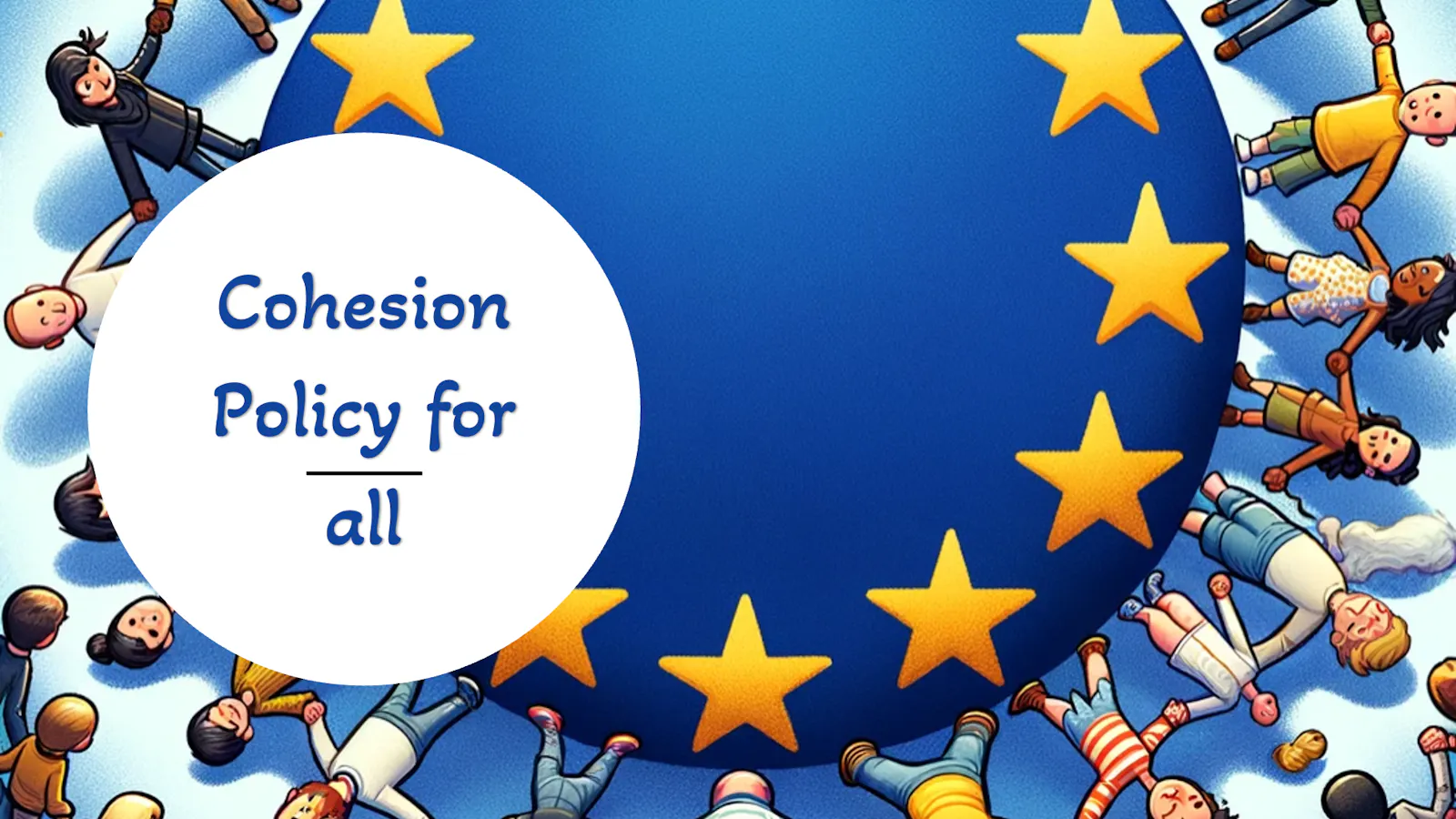Cohesion Policy for all
March 2024

Cohesion Policy is the cornerstone of the EU’s efforts to promote economic, social, and territorial cohesion by reducing disparities between regions. Since its inception, the policy has evolved to address the changing dynamics and challenges of places and people. However, as the EU faces new economic, environmental, and social transitions, the need for a Cohesion Policy that benefits all regions and groups becomes increasingly apparent.
The report of the group of high-level specialists on the future of Cohesion Policy (S'ouvre dans une nouvelle fenêtre), makes a clear case, that Cohesion Policy should be for all, to be able to make a contribution to addressing the development challenges ahead of us. This is crucial not only for the prosperity of all places and people in the EU, but also for achieving the EU's long-term goals of a green, digital transition, and an inclusive economy.
Cohesion Policy needs to be a universal policy, adapting to modern challenges and ensuring that all regions, regardless of their current level of development, can contribute to and benefit from growth and innovation. Through a universal Cohesion Policy, the EU can foster a more balanced, resilient, and inclusive future for all its citizens.
Diverse development needs
The EU is characterised by its rich regional diversity in economic potentials and challenges. This diversity underlines the imperative for a Cohesion Policy that is attuned to the unique circumstances of each region, i.e. place-based and people-centric.
In addition to differences in economic growth and employment, which often dominate development debates, there are also territorial characteristics which come with particular development needs. In very general terms different types of needs for development support are put forward in the debates:
To read this post you'll need to become a member. Members help us fund our work to ensure we can stick around long-term.
See our plans (S'ouvre dans une nouvelle fenêtre)
Déjà membre ? Connexion (S'ouvre dans une nouvelle fenêtre)


